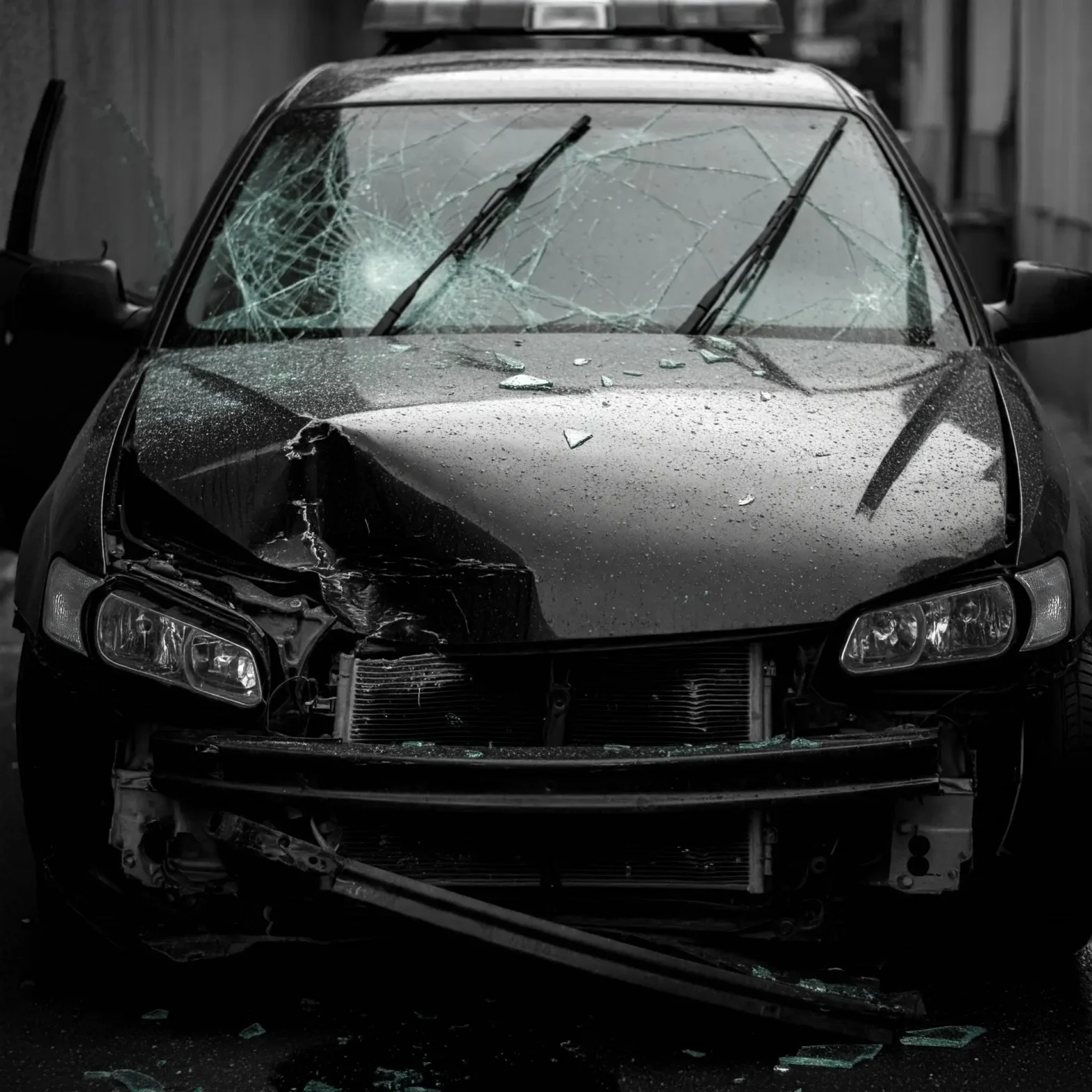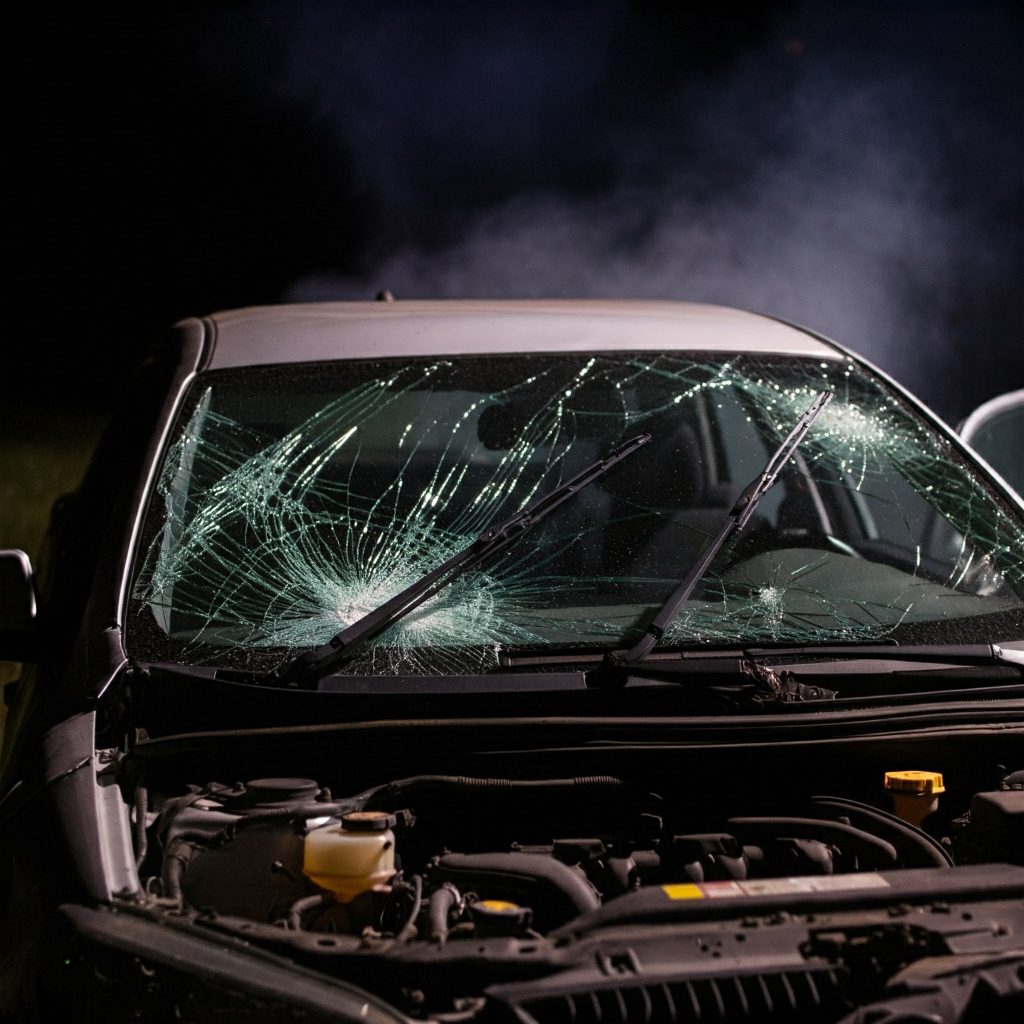Ever notice how your car’s windshield wipers often go into action after a crash? While it might seem like the driver accidentally hit the wiper control in the heat of the moment, there’s actually a more fascinating reason behind this.
Wipers: Not Just for Rain
Windshield wipers are more than just a tool to clear rain off your glass. In fact, they’re a crucial safety feature in your vehicle. Much like how hazard lights flash when you suddenly brake, wipers are designed to spring into action during a collision. When a crash occurs, the car’s computer system loses control, triggering the wipers to go full speed.
Double Duty Design
Wipers were actually designed with two separate systems in mind, both focused on safety:
- Everyday Use: The first system is the one we’re all familiar with—cleaning the windshield to maintain optimal visibility during regular driving conditions.
- Emergency Response: The second system kicks in during emergencies, like a major crash where the windshield might be covered in liquids or debris. In these situations, the wipers work at full speed to clear the driver’s view, improving their chances of escape and reducing injuries.
Safety First
Car manufacturers prioritize safety above all else, considering factors like energy efficiency, environmental impact, and comfort. In the event of a collision, having a clean windshield allows rescuers to better assess the situation, both inside and outside the car. Did you know that in the World Rally Championship, racers are even required to keep their wipers on after crashes?
More Than Meets the Eye
But there’s even more to wipers than just clearing your windshield. The small motor resistance in wipers helps prevent short circuits or sparks after a crash.
Don’t Underestimate Your Wipers
So, the next time you reach for your wiper control, remember that they’re not just for rain. They’re a vital safety feature that could potentially save your life behind the wheel.
Be proactive—replace your wipers regularly to reduce your risk.

